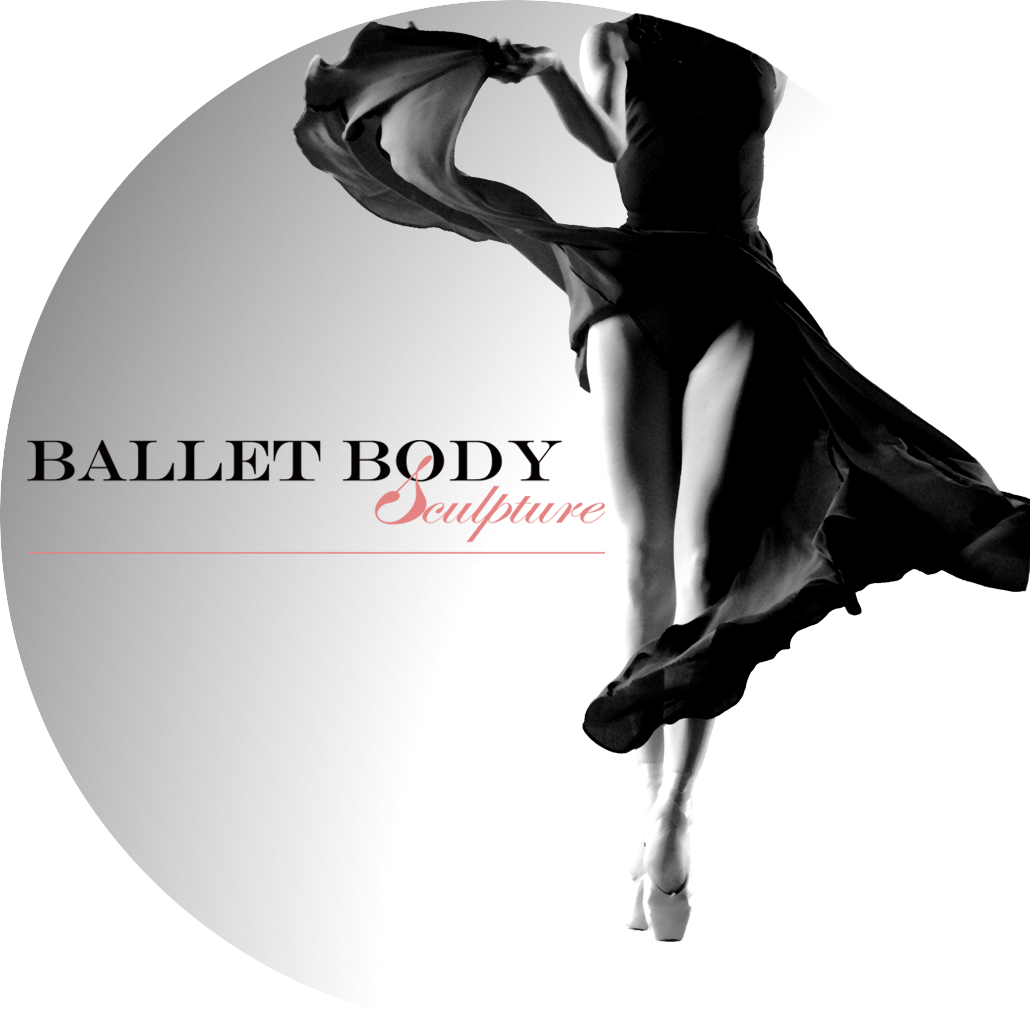Flexibility & Stretching – How to Prevent Injuries
Achieving a certain degree of flexibility is absolutely critical for anyone involved in dance, exercise workouts or sports; otherwise there will be at some stage a breakdown in body tissues leading to an injury.
Don’t kid yourself if you never stretch: it is only a matter of when you get injured, not if. In addition, if you are too tight in certain parts of your body, you are functioning below your real potential – remember that performance enhancement is the second very important reason to stretch: flexible muscles perform a lot better than tight muscles.
In order to improve flexibility, it’s important to first understand some of the science underpinning the principles of stretching. What is flexibility? It is important to highlight some points regarding flexibility. First, flexibility is joint specific. That is, you cannot say someone is flexible just because they can touch their toes. The same person may not even be able to reach around and scratch the small of his/her back because their shoulder has poor flexibility. Second, flexibility is sport specific. You would not expect a front row rugby forward to have the same flexibility as an Olympic gymnast, because it is not required for his sport. In fact, in a contact sport like rugby, being that flexible would be detrimental to his body.
Why is flexibility important?
Good flexibility allows the joints to improve their range of motion. For example, flexibility in the shoulder musculature allows a swimmer to ‘glide’ the arm through the water using shoulder elevation. This allows the joints to easily accommodate the desired joint angles without undue stress on the tissues around them. It therefore is essential for injury prevention.
Stretching also forms an integral part of rehabilitation programmes following injury. For example, it is accepted that a muscle tear will heal with scar tissue. This scar tissue tends to be functionally shorter and have more resistance to stretch than normal healthy muscle tissue. Therefore stretching is used at an appropriate time in the healing process to assist in lengthening this contracted scar tissue.
Good flexibility improves posture and ergonomics. Our bodies have a tendency to allow certain muscles to tighten up which will affect our posture. Flexibility, because it allows good range of motion, may improve motor performance and skill execution. Skill execution and reduced risk of injury will be greatly enhanced if the body has the flexibility necessary for that particular movement. Stretching allows faster body recovery, reducing post exercise muscle soreness as well as muscle spasm associated with exercise.
If you are not used to stretching, take it slowly and patiently. Getting used to new body feelings can take time but will certainly be very rewarding in the longer term. Here are a few suggested classes from our online library to help improve your range of motion:
Looking forward to seeing you at our classes & ballet retreat!
Source: peakendurancesport.com





